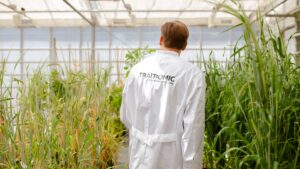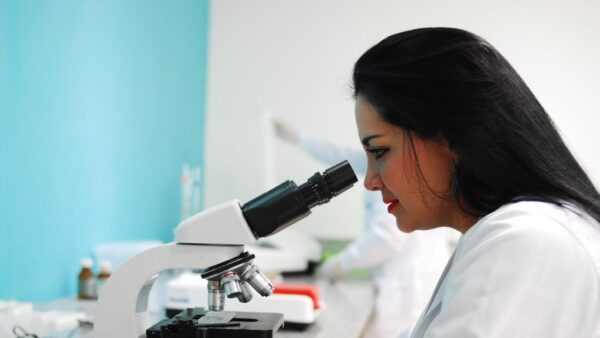Iron deficiency anemia is a huge global problem. It affects 2 billion people, particularly in low-income countries where many rely on grain as a staple. Yet so far, plants have managed to outwit our efforts to convince them to carry more iron. University of Massachusetts Amherst molecular biologist Elsbeth Walker has received a three-year $870,000 grant from the National Science Foundation to discover exactly how plants regulate the amount of iron they take up through their roots.
“Plants have an innate regulatory mechanism that keeps their iron at a certain level, so it’s hard to get them to carry more iron,” Walker explains. “They don’t cooperate very nicely with you!”
Even though iron is one of the most important micronutrients used by living organisms, it is an oxidant and causes cellular damage if not carefully controlled. So plants have evolved signaling systems by which they communicate iron status among their tissues—when they need more, and when they have enough.
These signals are something Walker is working to understand. She is currently focusing on yellow-striped corn, a mutation whose stripes indicate the plant is starving for iron. Walker is sequencing the genome to find out where the mutation is. That information will help her home in on how a plant allows or disallows iron.
“There’s no iron in the grain of rice,” explains Walker. “There’s iron in the leaves, but we don’t eat the leaves. So we have to figure out how to get the iron to a place in the plant that we eat. Right now,” she says, “we might be able to move iron to the leaves, but then it doesn’t go to the grain. We know there is a gene involved because there is a protein involved. So we sequence to figure out where the mutation is. If we knew what the signal was, then we would be able to trick plants into taking up excess iron when we feel like they ought to.”
Eventually, instead of understanding how a plant moves iron just from part to part, biologists may be able to find a “master switch” that turns on an entire repertoire throughout the whole organism, to move iron from root to shoot, from leaf to grain.
Breeding more iron-absorbent plants could reduce occurrences of anemia, maternal mortality, and children’s failure to thrive. But that’s the work of genetic engineers. Walker’s work is “to identify all the players, so that the people who are doing the engineering steps will know the approaches.”













